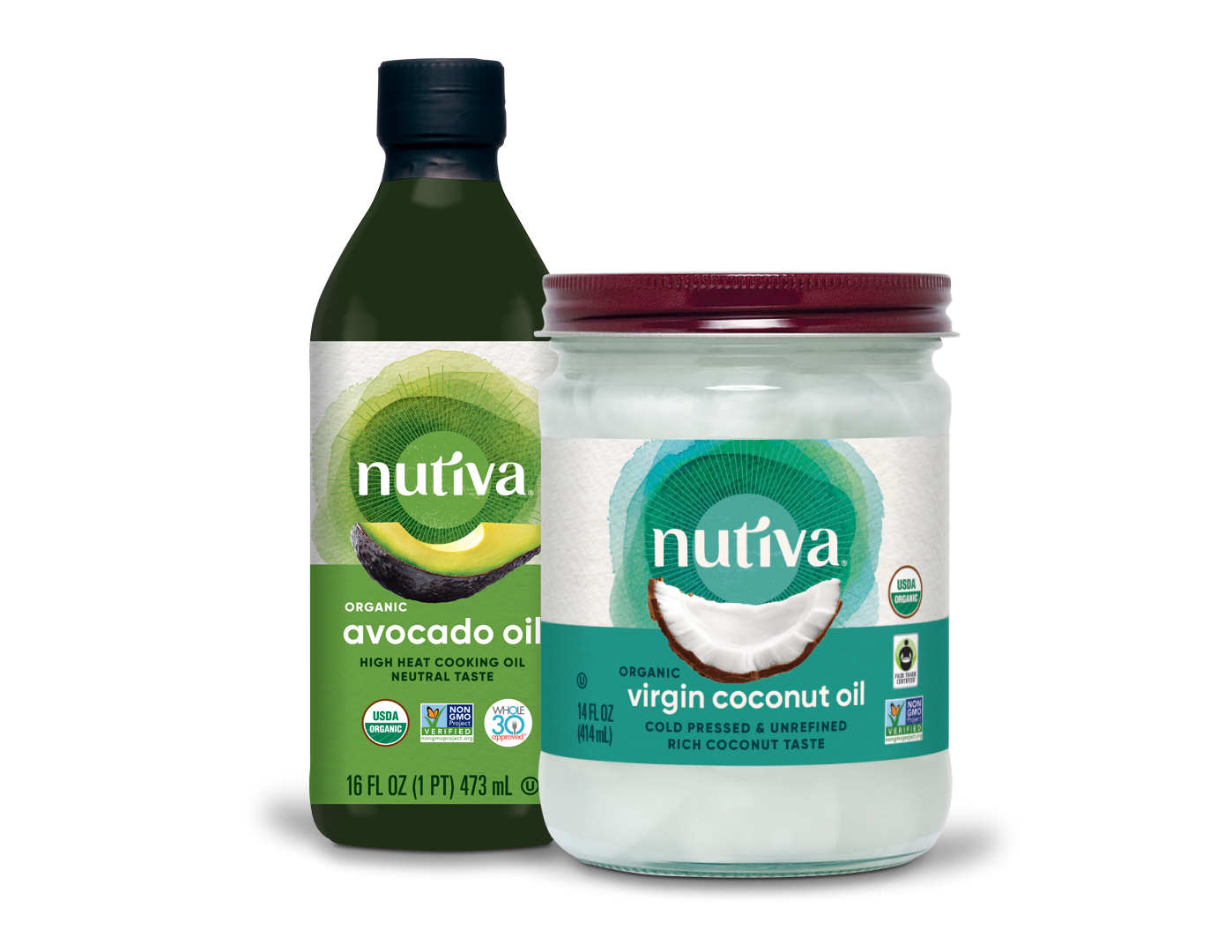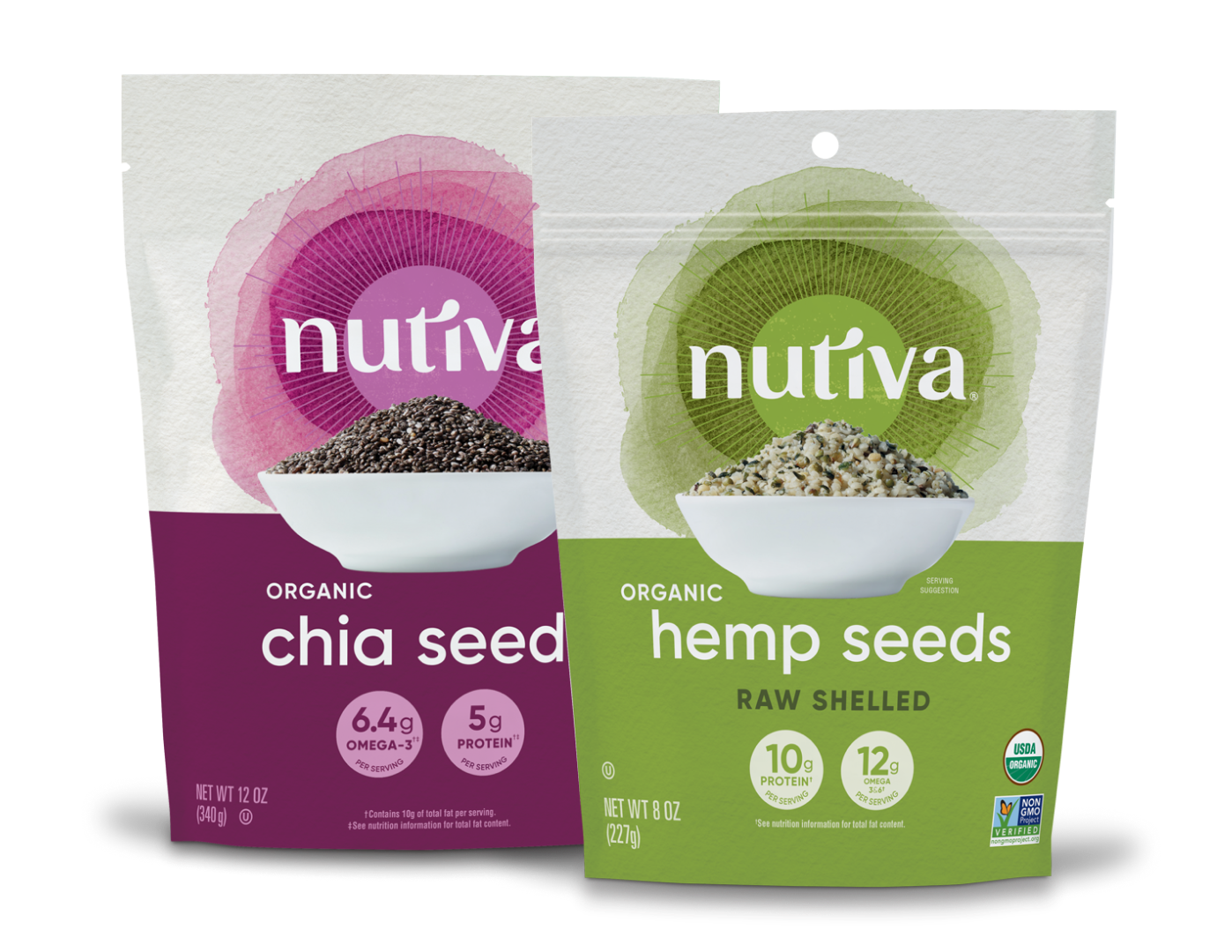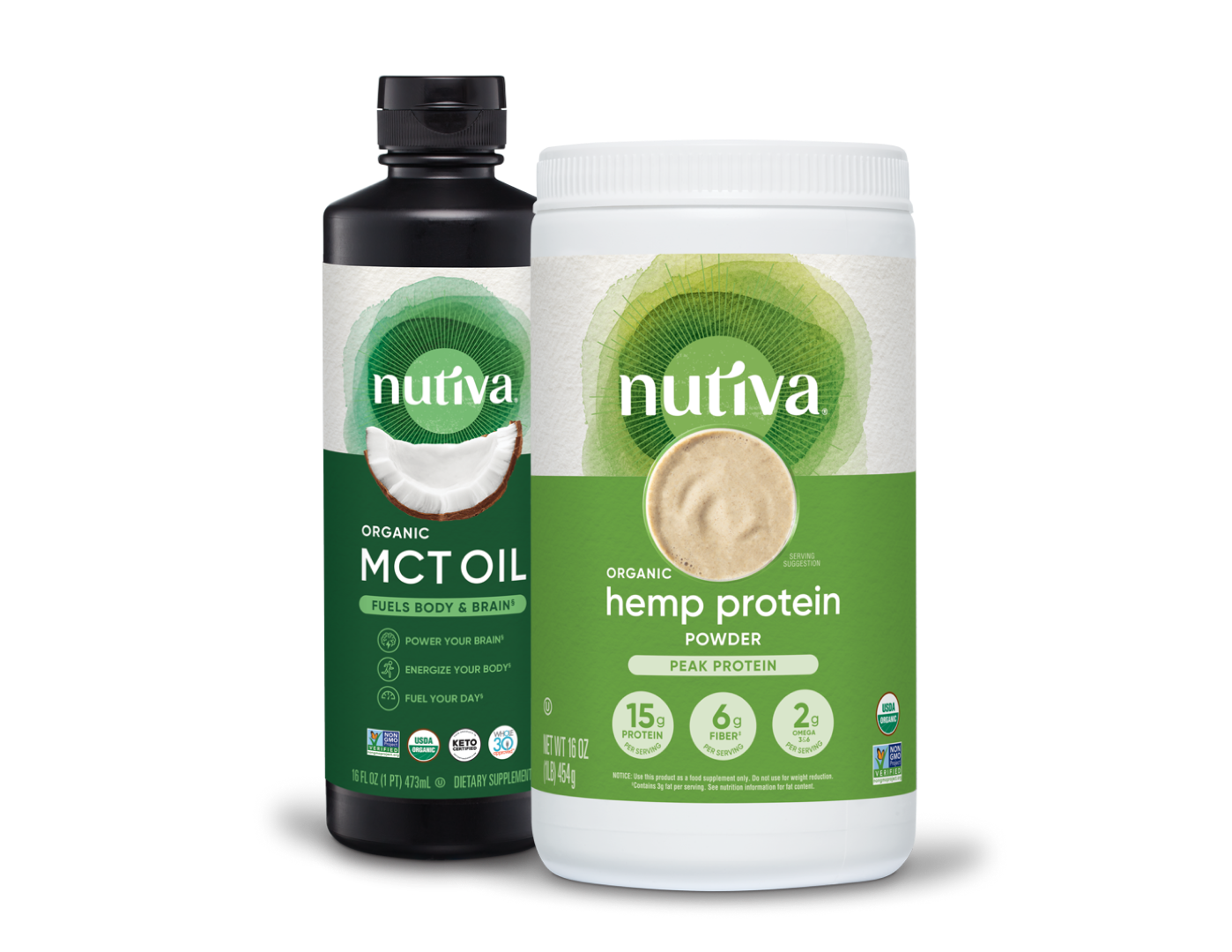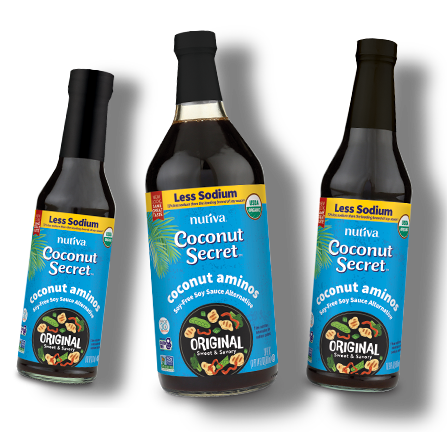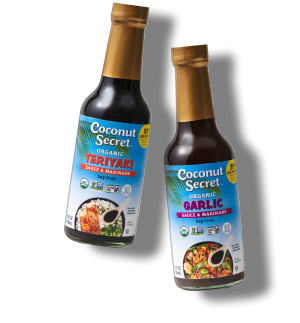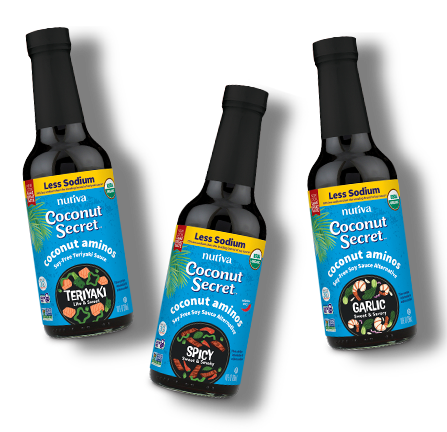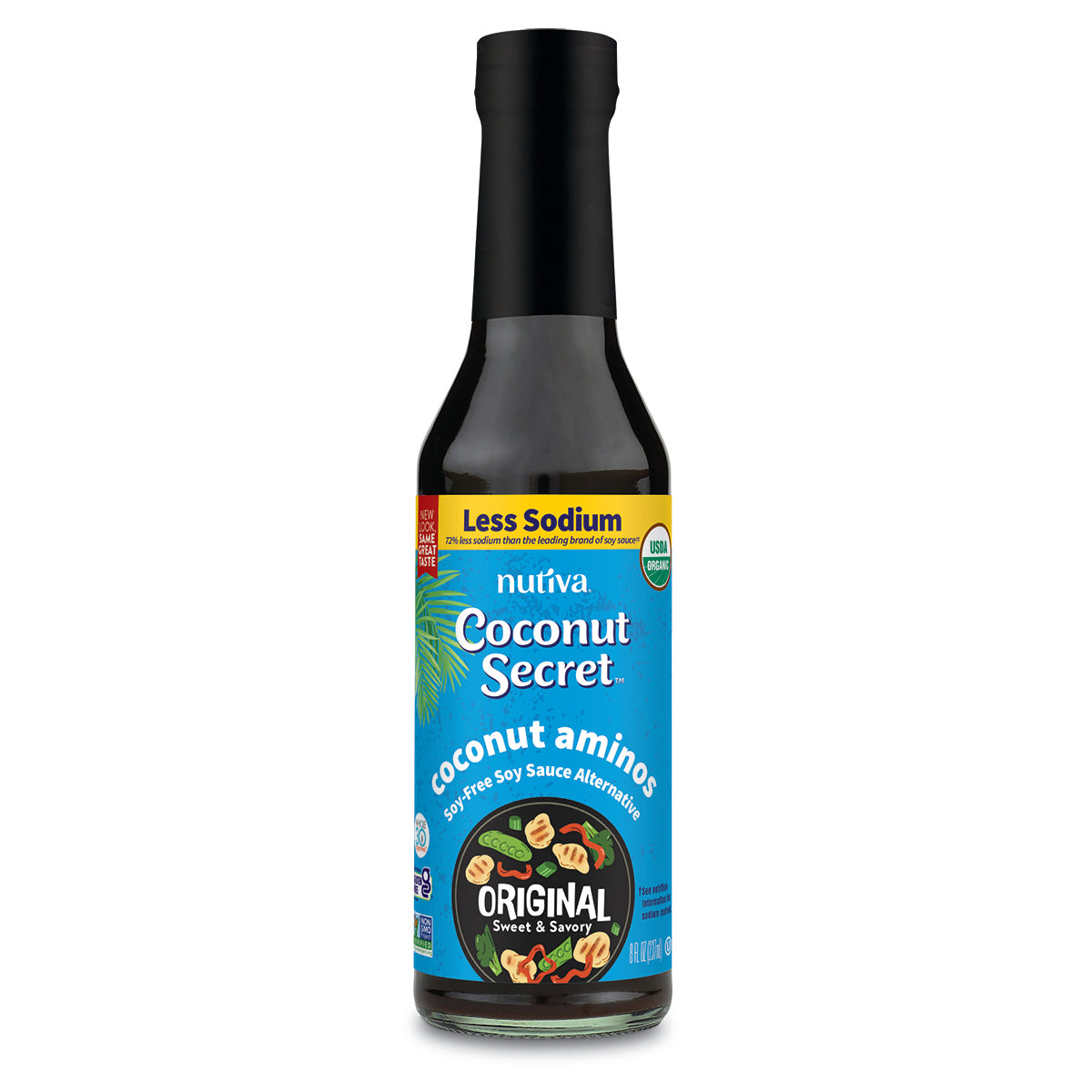Coconut Aminos vs Soy Sauce - Which is Better for You?
Soy sauce has been one of the most popular condiments and seasoning sauces of our time, especially relating to Asian cuisines; however, if you’ve been looking for alternatives that are a little kinder to your body and help you reduce sodium intake, chances are you’ve heard of coconut aminos. But what is coconut aminos and is it better?
What is Coconut Aminos?
Coconut aminos is a rich dark sauce made from fermented sap taken from coconut trees and sea salt. Although coconut is in its name, it surprisingly does not have any of its flavor. Instead, due to its familiar umami flavor, it’s closer in taste to soy sauce, making it a perfect gluten-free and soy-free substitute. But how do they compare?
Coconut Aminos vs Soy Sauce
|
|
Coconut Aminos |
Soy Sauce |
|
Taste |
Umami flavor, sweeter, mild. |
Umami flavor, rich, saltier. |
|
Color |
Dark brown |
Dark brown |
|
Ingredients |
Fermented coconut palm sap, sea salt |
Fermented soy beans, roasted wheat, salt, water, mold or yeast culture |
|
Storage |
Keep in a cool dark place, refrigerate after opening |
Keep in a cool dark place, refrigerate after opening |
|
Common Uses |
Salad dressings, marinade, stir fry, fried rice, dipping sauce |
Salad dressings, barbeque sauce, marinade, stir fry, fried rice, dipping sauce |
|
Benefits |
72% less sodium, soy-free, gluten-free |
Lower sugar content, beneficial isoflavones, probiotics, B6 Vitamin |
Are there health benefits to using Coconut Aminos over Soy Sauce?
Coconut Aminos only contains a third of the sodium content than soy sauce does (and half the sodium content of low-sodium soy sauce), so if you’re trying to lower your sodium intake, this is a great option. It is worth noting that although it’s low sodium, it is not salt-free and should still be consumed moderately. Nevertheless, it is definitely an allergy-friendly substitute since it doesn’t contain soy or wheat; which has also made it a popular ingredient on the paleo, keto and Whole 30 diets.
When does it make sense to use Coconut Aminos vs Soy Sauce?
If you’re looking to reduce your sodium intake, Coconut Aminos is a great way to start as it contains 72% less sodium than the leading brand of soy sauce. It’s also a perfect fit on a low-glycemic, vegan, soy-free and/or gluten-free diet. Due to its similar umami flavor, it can be used in virtually all the same dishes you would use soy sauce for, you can swap it in a 1:1 ratio in most recipes going from stir-fry, fried rice, marinades to salad dressing or a final flavor sprinkle over some cooked veggies.
Other Soy Sauce alternatives to consider
Although coconut aminos is one of the most popular substitutes for soy sauce, it’s by no means the only one. Among your options are tamari sauce and liquid aminos; tamari being probably the most used one.
Tamari is pretty much soy sauce made without roasted wheat, which means you get a good gluten-free alternative but you don’t eliminate the use of fermented soybeans. It’s also important to note that some brands only lower the wheat content and not eliminate it completely. It’s flavor is richer than coconut aminos and less salty than soy sauce
In a similar fashion, liquid aminos are also made from fermented soybeans but don’t use wheat in its preparation, making it gluten-free. Its flavor is milder than Tamari, but as Tamari, it still boasts a pretty high sodium content compared to coconut aminos.
Which is better: Coconut Aminos or Soy Sauce?
Overall coconut aminos prove to be a great alternative to soy sauce, providing a soy-free, gluten-free, low sodium option for your diet; so if you’re trying to make healthier nutrition choices, this is a great simple way to start. However, which fairs better is completely up to your taste preference, and you won’t know the answer until you try it.
You can find our industry leading Coconut Aminos by Coconut Secret at many health stores across the United States and even purchase them online to start your health journey!



